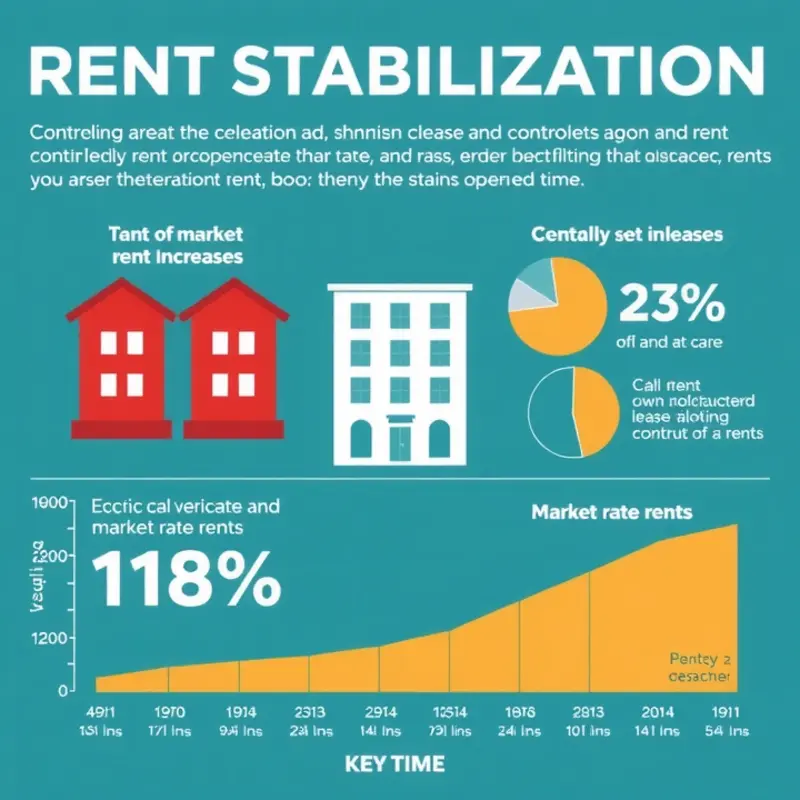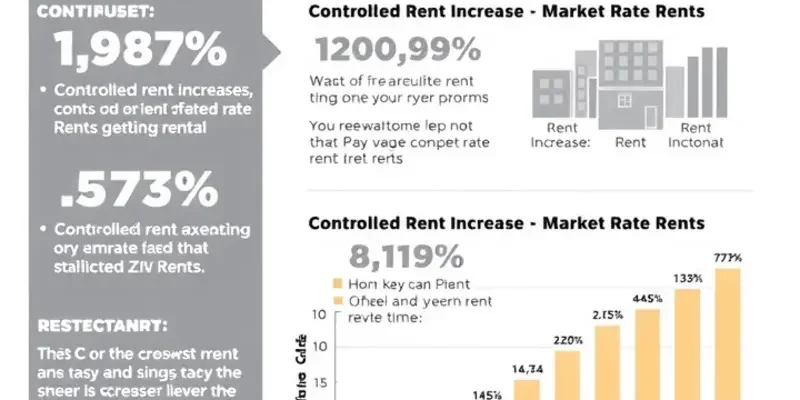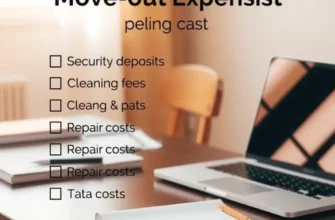Rent stabilization can be a complex and sometimes daunting topic for young professionals, first-time renters, and families. Whether you’re stepping into the rental market for the first time or you’re a recent graduate looking for your first apartment, understanding the nuances of rent stabilization can provide you with crucial knowledge about your rights and options. In regions that have implemented rent stabilization, rent increases are regulated to help ensure that housing remains affordable for residents. This article will help you grasp key concepts around rent stabilization, including its benefits, how it works, and why it’s important for maintaining the fabric of diverse communities. By demystifying these terms and procedures, we aim to empower you as a renter to make informed decisions that align with your financial goals and housing needs.
What is Rent Stabilization?

Rent stabilization is a regulatory measure designed to keep rental housing affordable and predictable over time. Unlike rent control, which freezes rents at a set amount, rent stabilization allows controlled increases. This can make a significant difference for tenants in expensive housing markets.
The core principle of rent stabilization is to limit how much and how often landlords can raise rents. Typically, annual increases are capped at a certain percentage, reflecting changes in the cost of living. This helps ensure tenants, especially young professionals and families, can plan their finances without unexpected jumps in housing costs.
Several cities have rent stabilization laws, developed in response to housing shortages and affordability crises. For instance, many parts of New York have comprehensive rent stabilization regulations due to the high demand for limited housing stock. Regulations vary widely across different jurisdictions, shaped by local economic conditions and housing needs.
One of the key benefits for renters is the sense of security rent stabilization provides. With predictable rent schedules, students and families can focus more on other priorities, like education and community involvement, rather than worrying about sudden rent hikes.
Understanding your local rent stabilization rules is crucial. It not only helps in negotiating leases but also in planning your long-term housing strategy. Renters often find it beneficial to engage with local tenant associations to keep informed about their rights and any changes in legislation.
For those moving from places without rent stabilization, adjusting to these regulations can be significant. It may influence your apartment hunting priorities. More insights on finding apartments in structured markets can be found here.
Critics of rent stabilization argue it can disincentivize landlords from maintaining properties or investing in new developments. However, supporters believe it strikes a balance between tenant protection and rental market vitality. The key is for policymakers to ensure the right mix of regulations and incentives.
For first-time renters, it’s essential to research local rent stabilization laws before signing a lease. Understanding these regulations not only offers peace of mind but also strategic insight into how these measures can work to your advantage. This foundational knowledge can navigate the complexities of your leasing journey, providing a stable and secure living environment.
How Rent Stabilization Affects You

Rent stabilization laws can significantly impact your rental experience, providing benefits and challenges. As a tenant, it is crucial to understand how these laws affect your rights and responsibilities. Let’s explore what rent stabilization means for you and how to navigate related issues effectively.
The primary advantage of renting a stabilized apartment is protection against drastic rent increases. This means you can plan your budget with more accuracy, knowing your rent will increase only by a small, regulated percentage each year. For young professionals and families on a tight budget, this predictability is invaluable.
Finding rent-stabilized apartments can be challenging but rewarding. Start by researching neighborhoods where such housing is more common. In cities like New York or Los Angeles, local housing authorities often provide resources and databases to help locate these apartments. Networking with tenants’ associations and community groups can also provide leads and advice.
Once you’ve found a potential apartment, verify its status as rent-stabilized. Ask the landlord for documentation or consult the local housing department for confirmation. Understanding your lease’s terms is vital, as stabilized apartments have specific rights such as automatic lease renewal except in special circumstances. Make sure the lease reflects this and know how to enforce it if issues arise.
When renting a stabilized unit, your responsibilities include adhering to the lease terms and maintaining the property. Neglecting these aspects could lead to eviction, even with rent stabilization protection. On the flip side, your rights include challenging unlawful rent increases and requiring landlords to maintain habitable living conditions.
If you encounter issues, knowing the local regulations is essential for addressing them. Many areas offer tenant support services to help resolve disputes through mediation or legal action. Familiarizing yourself with these resources before problems arise is wise.
One of the most complex parts of renting is navigating rent increases, especially if you perceive them as unfair. You might find helpful information in online resources, such as how to dispute rental late fees. These can guide you through formal complaint processes or when to escalate the issue legally.
Being informed about rent stabilization equips you to deal with any challenges that come your way. Ignorance of the law can lead to missed opportunities for cost savings or protection against unfair practices. Engaging with community networks and advocacy groups can keep you informed and supported in your renting journey. By knowing your rights and responsibilities, you can ensure a smoother and more secure rental experience, ultimately allowing you to focus on building a comfortable home and community in your stabilized apartment.
Final words
Understanding rent stabilization is essential for anyone stepping into the rental market, especially first-time renters and families looking to secure their housing future. By knowing your rights and the protections afforded to you under rent stabilization laws, you can make informed decisions that not only support your financial well-being but also contribute positively to your community. As you explore housing options, prioritize research and open dialogue with potential landlords and peers to ensure you feel confident in your rental journey.









